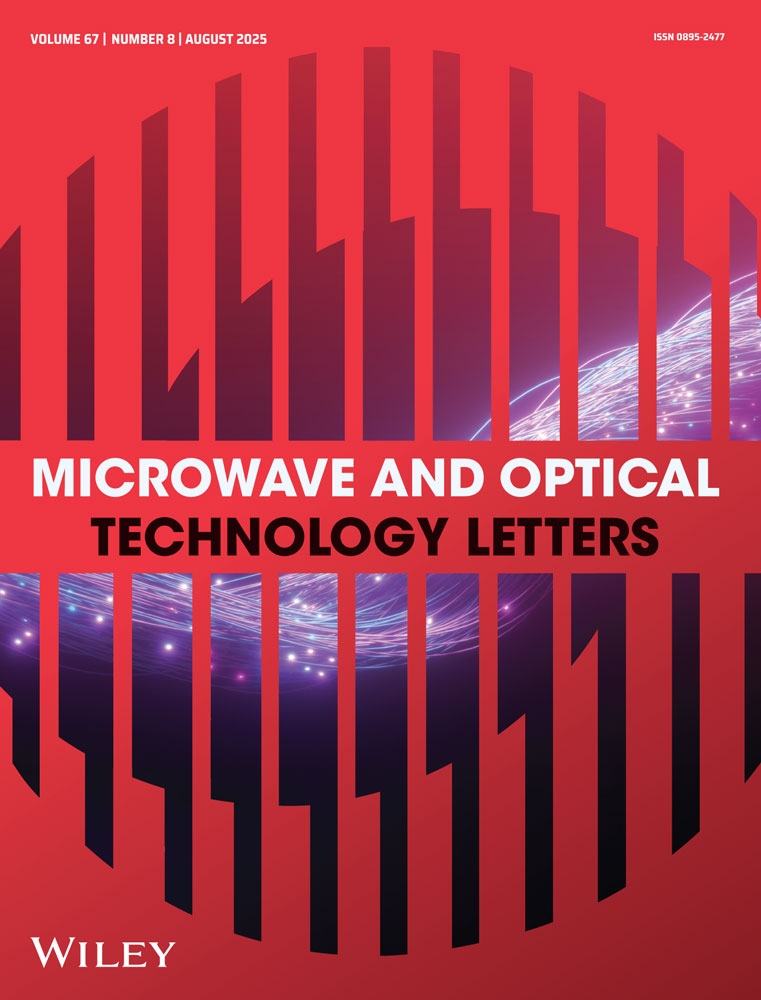Improvement of the resonant characteristics of the short-ended stub by the optimal arrangement positions of via-holes
Abstract
A method for improving the resonant characteristic of the short-ended stub is proposed by locating the via-holes on the optimal position on the ground. In the first step, the optimal length of the stub at 1 GHz is evaluated by comparing the numerical calculated result and the measured result (used the fabricated stub), which is based on the theoretical calculation, and the resonant characteristics shifted to the lower frequency regions. These shifting phenomena of the resonant characteristics are caused by the via-hole. When the via-hole is arranged on the substrate, the via-hole becomes part of the stub, and the length of the stub becomes longer than the theoretical calculation. As a result, a good agreement between both results is achieved when the stub length is 27.43 mm, and hence the optimal length of the stub is confirmed. For the second step, the optimal arrangement position of the via-holes is evaluated by using current distribution on the stub model. In this study, we applied the Green's function method to obtain the current distribution. The improvement of resonant characteristic is achieved by arranging the via-holes on the place where the currents concentrate. © 2007 Wiley Periodicals, Inc. Microwave Opt Technol Lett 49: 642–645, 2007; Published online in Wiley InterScience (www.interscience.wiley.com). DOI 10.1002/mop.22202




